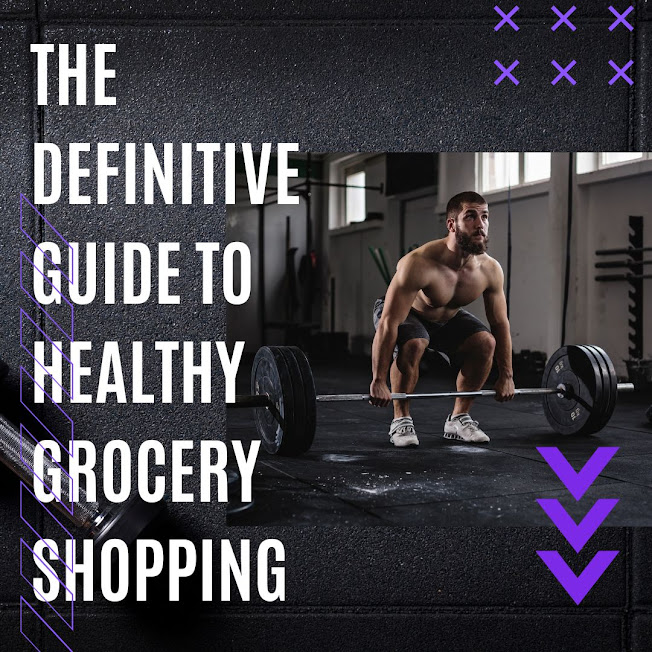The Definitive Guide to Healthy Grocery Shopping
As a dietitian, I'm very much aware that shopping for food can be a scary and overpowering experience for some individuals. For instance, a considerable lot of my patients don't have the foggiest idea where to start when in the supermarket and doesn't know which food sources to add to their truck.
Also, with apparently perpetual food decisions accessible, periodically in beguiling bundling. it tends to be difficult to figure out which food sources are really solid and which ones are improved left on the racks.
In this article, I make sense of the rudiments of solid shopping for food, including how to pick nutritious food sources, make a brilliant shopping rundown, and stock up so you could staple at any point shop on rare occasions.
Before you go
While certain individuals can go shopping for food without a rundown or a thought of which feasts they'll cook during the approaching week, the vast majority need an arrangement of some kind.
Bringing along a staple rundown or a week after week menu is really smart in the event that you get effectively diverted the store or don't have the foggiest idea where to start.
Making a solid shopping list
A basic food item list is a fundamental instrument for some customers. It can assist you with remaining focused and help you to remember the things you want. Also, concentrates on show that staple records might assist you with settling on better decisions while shopping (1Trusted Source, 2Trusted Source).
Yet, what does a "sound" shopping for food list incorporate?
For the most part, a sound, balanced diet ought to principally contain entire, supplement thick food sources. I'm discussing food sources, for example, veggies, organic products, protein sources like fish and eggs, beans, nuts, and seeds. These are food varieties to focus on your rundown.
While making your shopping show, it very well may be useful to break it into areas, for example, nonstarchy and boring vegetables, organic products, beans and grains, nuts and seeds, proteins, frozen food sources, dairy and nondairy substitutes, beverages, fixings, and random things.
Here is an illustration of what a solid staple rundown could include:
- Organic products: apples, blueberries, clementines, grapefruits, and avocados
- Nonstarchy vegetables: broccoli, asparagus, onions, spinach, peppers, and zucchini
- Dull vegetables: yams, child red potatoes, and butternut squash
- Beans and grains: chickpeas, earthy colored rice, dark beans, and quinoa
- Proteins: eggs, canned salmon, skin-on chicken bosom, and pea protein powder
- Frozen food varieties: frozen blended berries and frozen kale
- Nuts and seeds: simmered almonds, pumpkin seeds, and regular peanut butter
- Dairy and nondairy substitutes: cashew milk, coconut milk, feta cheddar, and full fat Greek yogurt
- Sauces: olives, sun-dried tomatoes, salad dressing, olive oil, pesto, and salsa
- Drinks: unsweetened coconut water and shining water
Incidental: ground espresso, dried natural product, dull chocolate, banana plantain chips, and destroyed unsweetened coconut
You will not need to buy rack stable things like peanut butter, protein powder, and mass grains each staple excursion. I cover how to stock your kitchen with enduring things further down this article.
Arranging a week after week menu
In the event that you like, you can carry a week after week menu to the store rather than a normal shopping list. This menu can list which fixings you really want to make the feasts you might want to cook the week ahead.
For instance, in the event that you really love dinner preparing, give printing a shot the recipes you're wanting to make. Then, just shop off of the fixing records.
Remember that assuming you're accustomed to eating out or requesting in for most dinners, attempting to abruptly set up your feasts in general and bites at home probably won't be reasonable. In this manner, on the off chance that you're new to feast preparing, begin gradually and make it an objective to get ready only a couple of dinners the main week.
When that turns into a propensity, you can add more dinners to your week after week cooking menu. Like every single sound propensity, it might require some investment before consistently going shopping for food and planning good feasts at home turns into a piece of your daily schedule.



Comments
Post a Comment